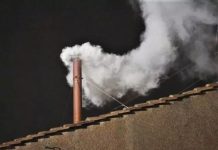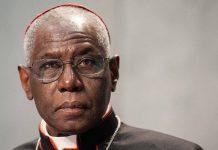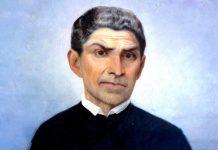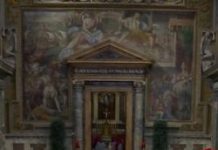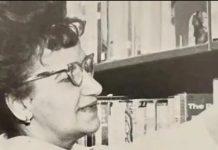For centuries, bells or cannons were used to spread the news. It wasn’t until the 1800s that the faithful gathered in the piazza every day began to look to the chimney for an indication that a vote had taken place; the first election where the cardinals used two different types of smoke to announce the outcome didn’t happen until 1903.
Getting a good fire going just from the ballots was a challenge, but stoking the flames got easier after Pope Pius X ordered that every scrap of paper used in the conclave be incinerated. He was afraid the cardinals’ notes would leak to the press. Pope Pius X was offended by the newspaper accounts that appeared after his election and thus why he insisted at every scrap of paper be burnt.
At first, damp straw was used to blacken the smoke, but it didn’t always produce a definitive shade. In 1958, after two false alarms, someone came up with the idea to buy smoke bombs. The color was right, but they filled the Sistine Chapel with smoke which left many of the cardinals wheezing.
During the 1958 conclave, where confusion arose due to inconsistent smoke colors from the burning ballots, prompting the introduction of chemicals to ensure a distinct white smoke for a successful election; however, the practice of adding chemicals to color the smoke was officially implemented in 1963
The Vatican revealed what chemicals are used to get the “fumata nera” and “fumata bianca” these are: For black, it uses a mixture of potassium perchlorate, anthracene and sulphur; white comes from potassium chlorate, lactose and the conifer resin called rosin, which is often rubbed on violin bows to increase friction.
- Raju Hasmukh




